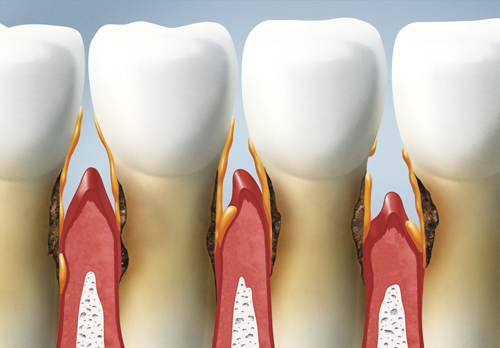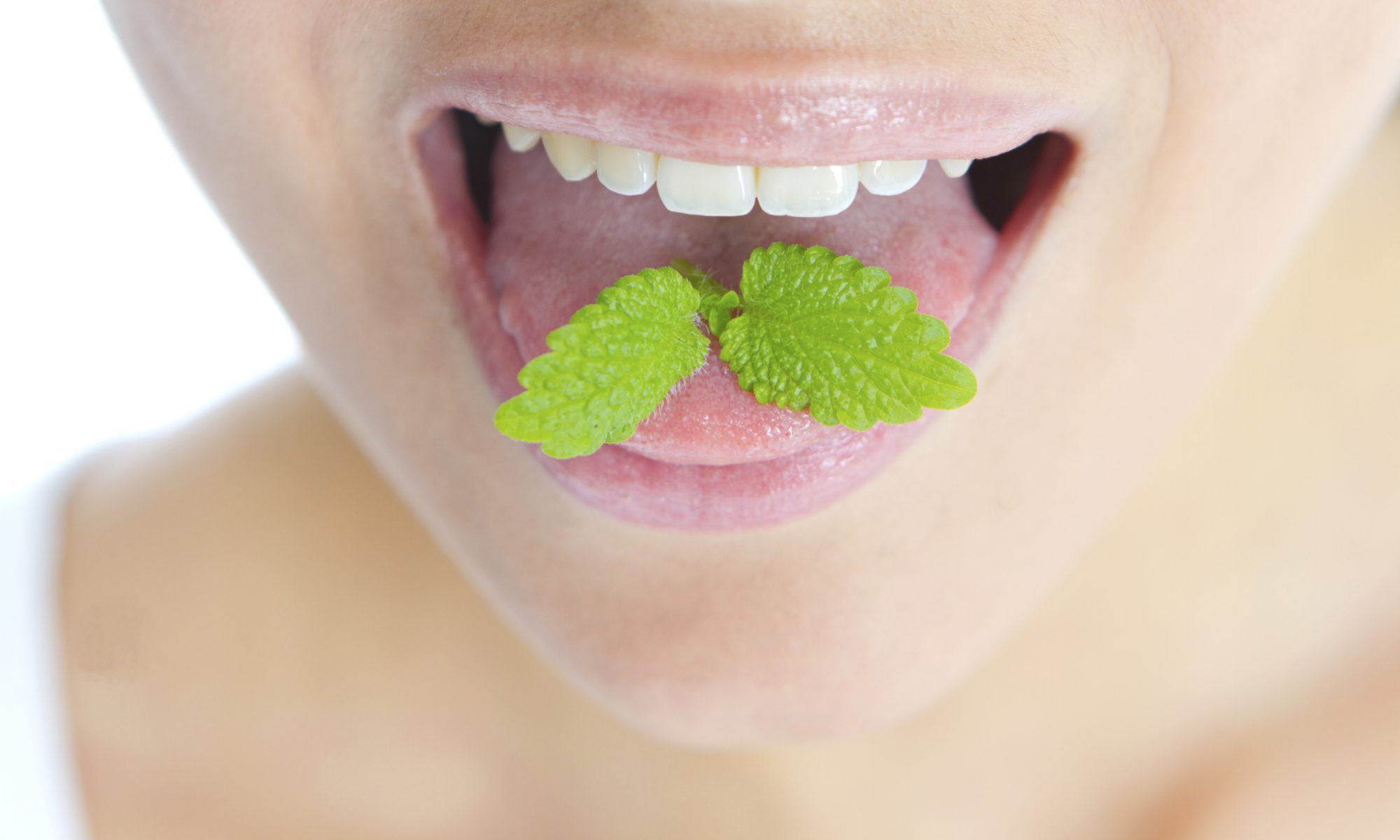Maintaining good oral health is essential not only for a confident smile but also for overall well-being. Neglecting oral hygiene can lead to various dental issues that may affect your quality of life. Here are some warning signs of poor oral health that you should not ignore:
Continue reading “What Happens When We Neglect Oral Healthcare? | Huntington Beach Dentist”Important At-Home Oral Care Routines | Huntington Beach Dentist
Maintaining good oral hygiene is essential for overall health and well-being. Effective home care practices can help prevent tooth decay, gum disease, and other dental issues. Here are some key ways to care for your teeth and maintain oral hygiene at home:
Continue reading “Important At-Home Oral Care Routines | Huntington Beach Dentist”Understanding Root Canal Diagnosis & The Procedure | Huntington Beach Dentist
Determining whether a patient needs a root canal involves a thorough examination and diagnosis by a dentist or endodontist. A root canal is necessary when the pulp, the innermost part of the tooth containing nerves and blood vessels, becomes infected or inflamed. Here’s how dentists determine the need for a root canal and the key differences between a root canal and a routine extraction:
Continue reading “Understanding Root Canal Diagnosis & The Procedure | Huntington Beach Dentist”What To Know About Tooth Extraction | Huntington Beach Dentist
Dental tooth extraction is a common procedure often necessary to alleviate pain, prevent further dental issues, or prepare the mouth for orthodontic treatment. Understanding the steps involved can help patients feel more at ease and prepared for the procedure.
Continue reading “What To Know About Tooth Extraction | Huntington Beach Dentist”An Introduction to Dental Instruments | Huntington Beach Dentist
Dental instruments play a crucial role in maintaining oral health, particularly during routine cleanings. These specialized tools allow dental professionals to effectively clean teeth, remove plaque and tartar, and ensure the overall health of the gums. Here’s a look at some of the primary instruments used during routine dental cleanings:
Continue reading “An Introduction to Dental Instruments | Huntington Beach Dentist”Oral Herpes: Symptoms, Treatment, and Prevention | Huntington Beach Dentist
Oral herpes, commonly known as cold sores or fever blisters, is a prevalent viral infection caused by the herpes simplex virus (HSV). While it may not be a comfortable topic to discuss, understanding oral herpes is crucial for promoting awareness, reducing stigma, and preventing its spread.
Continue reading “Oral Herpes: Symptoms, Treatment, and Prevention | Huntington Beach Dentist”Commercial vs. Private Dental Practices | Huntington Beach Dentist
Commercial dental practices, often part of larger corporate chains, are characterized by their accessibility and widespread availability. These practices are typically found in bustling commercial areas, making them convenient for individuals seeking dental care in the midst of their busy lives. With extended hours and walk-in appointments, commercial practices prioritize accessibility, aiming to accommodate a broad spectrum of patients.
Continue reading “Commercial vs. Private Dental Practices | Huntington Beach Dentist”The Battle Against Bad Breath | Huntington Beach Dentist
Bad breath, also known as halitosis, is a common and often embarrassing condition that can affect anyone at any age. While it’s a prevalent issue, its impact on social interactions and self-esteem cannot be overstated. In this blog post, we will delve into the causes of bad breath, effective prevention strategies, and lifestyle changes to keep your breath fresh and your confidence soaring.
Continue reading “The Battle Against Bad Breath | Huntington Beach Dentist”Understanding and Managing Tooth Sensitivity | Huntington Beach Dentist
Tooth sensitivity is a common dental concern that affects millions of people worldwide. Whether it’s a sudden jolt of pain while enjoying an ice cream cone or a twinge when sipping hot coffee, sensitive teeth can be a real discomfort. In this blog post, we’ll delve into the causes of tooth sensitivity and explore effective strategies for managing and preventing this common dental issue.
Continue reading “Understanding and Managing Tooth Sensitivity | Huntington Beach Dentist”A Brief History of Dentistry | Huntington Beach Dentist
Dentistry, an indispensable aspect of healthcare, has a rich and fascinating history that spans centuries. The evolution of dental practices reflects not only advancements in medical knowledge but also cultural shifts and technological progress. Join us on a journey through time as we explore the milestones and transformations that have shaped the field of dentistry over the past 350 years.
Continue reading “A Brief History of Dentistry | Huntington Beach Dentist”







